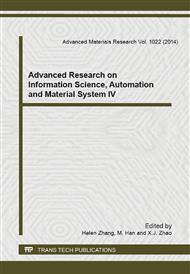p.96
p.100
p.104
p.108
p.113
p.118
p.122
p.127
p.131
Experimental Hydro- and Aerodynamics Research on Arrow
Abstract:
This study aims to investigate the hydro- and aerodynamic characteristics of arrows as understood within the field of archery and to contribute to theoretical knowledge, upon which archery techniques are based. The water tunnel and wind tunnel are used to test different arrows consisting of four famous brands.The results showed that when the angles of attack from -6°to 6°, the arrow remained in the state of attached flow. Arrows that had spiral plastic fletches demonstrated better states of flow than arrows with straight fletches. Within the range of the experimental angles of attack, the coefficients of lift increased, while the coefficients of pitching moment decreased when the angle of attack increased. The arrows showed static stability in the longitudinal direction. Arrow fetches also demonstrated considerable influence on the lift and pitching moment. The rolling of the arrows caused the change of the coefficient of lift. Based on the results, it can be concluded that arrow fetches are the major contributors to the arrows’ flight stability.
Info:
Periodical:
Pages:
113-117
Citation:
Online since:
August 2014
Authors:
Keywords:
Price:
Сopyright:
© 2014 Trans Tech Publications Ltd. All Rights Reserved
Share:
Citation:


